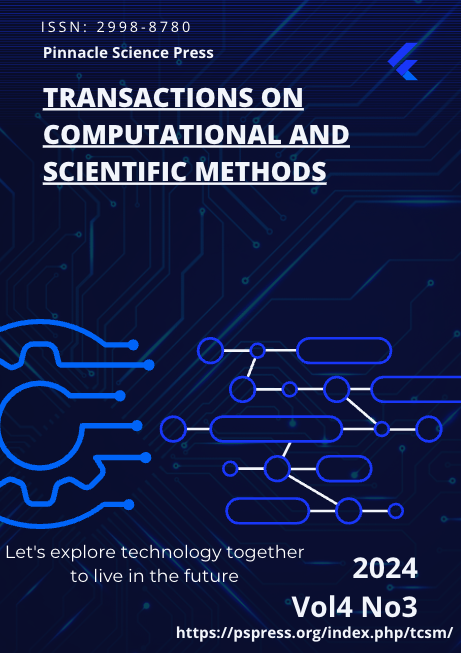Semantic Graph-Based Modeling for Protocol Anomaly Detection in Heterogeneous Computing Systems

Abstract
This paper addresses the challenges of protocol behavior anomaly detection in high-concurrency heterogeneous systems, including structural complexity, semantic heterogeneity, and the absence of labeled data. It proposes an unsupervised anomaly detection method based on a request semantic graph autoencoder. The method transforms raw protocol requests into structured semantic graphs by modeling entity associations and semantic dependencies, then applies a graph autoencoder to extract node embeddings and reconstruct structural information to capture latent behavioral deviations. A semantic perturbation view is introduced alongside a consistency regularization term to enhance embedding stability and semantic alignment. To evaluate the method's effectiveness, experiments are conducted under various protocol fusion and structural disturbance settings, analyzing factors such as encoder depth, embedding dimension, anomaly ratio, and graph depth. The results demonstrate that the proposed approach achieves stable and superior performance across multiple unsupervised anomaly detection metrics, effectively characterizing structural patterns and distributional anomalies in protocol behaviors with strong adaptability and discriminative capability in complex systems.